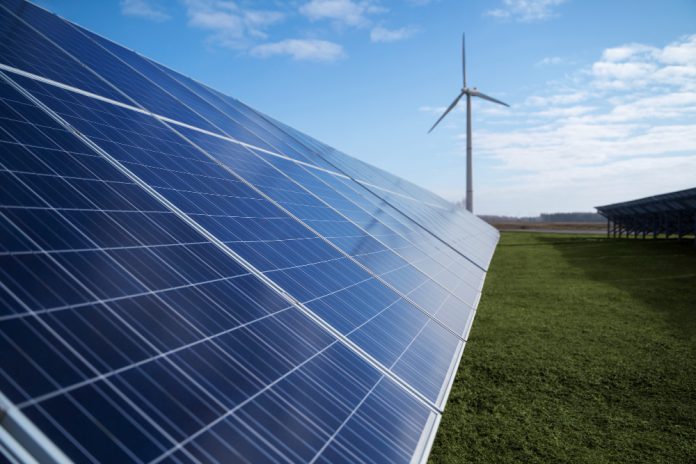An astonishing milestone was achieved this year when the world installed enough solar panels to generate 1 terawatt (TW) of electricity through solar energy. The most fascinating thing about this is, this amount of electricity meets the demands of nearly every country in Europe combined. In an ever-evolving world, milestones may seem arbitrary, but the morale boost that comes with them is not.
This expectation of hitting 1000GW solar was first estimated when 183GW was installed in 2021, and we had approximately 788 GW of capacity already installed in 2020. This year, we can officially start measuring solar capacity in terawatts.
It is also worth noting that there was a lot of difficulty in obtaining such a precise estimate. The first fear was an overestimation, which can result from all the capacity that has been uninstalled, for example, roofs getting replaced or severe weather destroying installations. Secondly, capacity numbers have been underestimated several times because the data is constantly changing, considering that it is obtained from a number of manufacturers from all over the world.
The largest contributor to this mindblowing capacity is China, which broke through 100 GW in the latter half of 2016, although the European Union hit the same mark in 2015. Surprisingly, in the United States, that number was hit in the first half of 2021. These three regions represent more than 50% of the total installed solar capacity in the world.
Moving forward, research suggests that dozens of terawatts of solar energy will be required to decarbonize the earth’s electricity, transportation, heating, and industrial processes.
In terms of what’s next, Stanford engineers have developed solar panels that can generate electricity at night as well. They do this by installing a battery that can help store electricity for use when the sun is down, and these panels can hence generate electricity at night which is evidently even more efficient and sustainable.






























